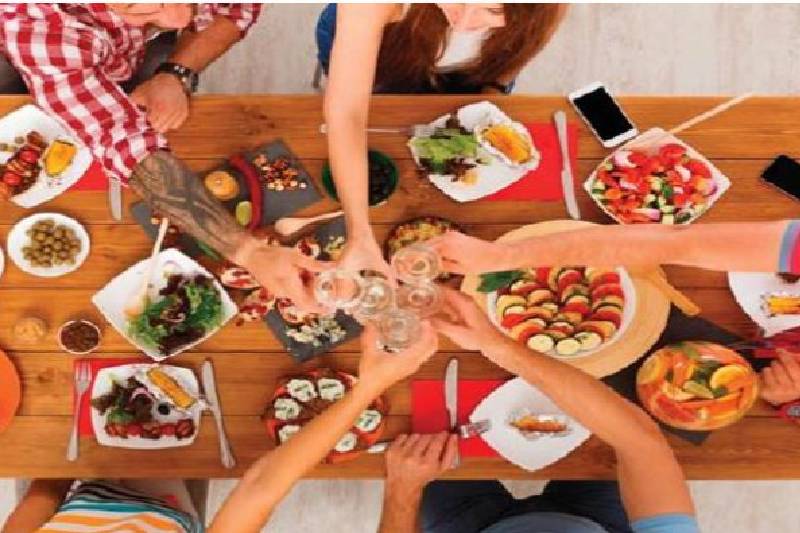Consumer trends helping the growth of India’s F&B industries

How commercial food sectors can harness growth in their business?
The food suppliers in the country have a great chance to increase and dig their revenues from harnessing growth trends. According to the reports from FICCI (Federation of Indian chambers of commerce and industry) the accounting sectors of the country state that, an increase of 10% in India’s food supply sector is expected between a term of five years from 2017-2022. This rise is valued 5.52 Trillion in INR.
It is becoming easier for restaurants to look over and optimize the changes effectively. The QSR (Quick service restaurants) like McDonald’s are happy to seek help from the local food processing industries to increase their efficiency and tackle the huge number of people during rush hours.
The third-party delivery apps are helping a lot of companies and people in delivering food at their home which they desire. The introduction of these apps is monitoring and improvising the sales and marketing perspective of the food processing industry.
What is the key to be the rising star of the Indian food supply market?
The experts of the country in the food and beverage department state that, the food supply companies that can support and fetch changes according to the Indian palate will have more sales than ever.
We illustrate this with a small example; People from India would prefer to have Panneer Tikka Pizza at Dominos and will not go for options like Tangy tomato or Mozzarella.
Sudhir Tanme the vice – president of burger king which is one of the leading QSR international chains of the country. Mr. Sudhir Tanme overviews that, to increase and engage people for QSR culture from India one has to keep their hands with the Indian culture and spices. He also added that without adding the Indian flavors and patties to increase their company’s sale.
Why younger generations are playing a crucial role in the development of the F&B industry?
The experts say that India has the highest number of youngsters in the world. The 35% sales of the food delivery and processing industry depend on the orders of the youth all across the borders of India. The FICCI reports say that 2, 20,000 youth alone from the commercial capital of the country of Mumbai order food daily from the apps. The couples who have financial independence from their work depend on these apps for their daily dinner from popular cities of the country.